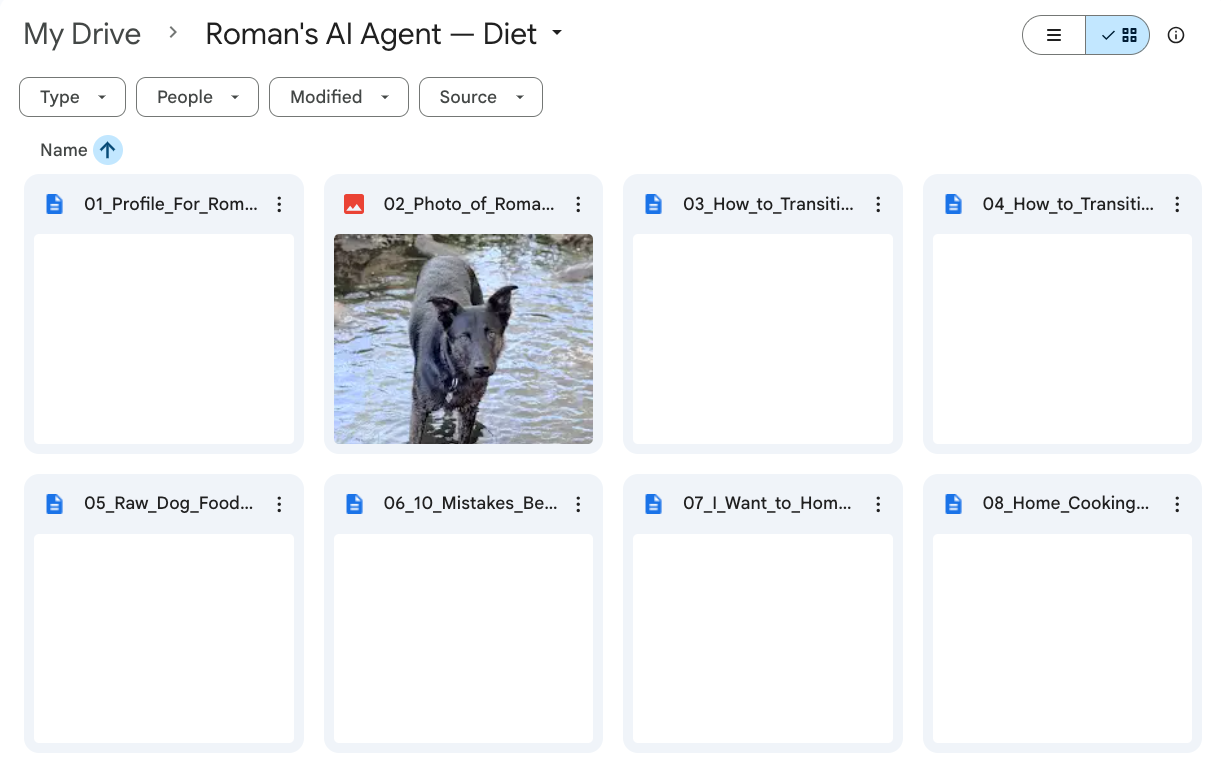FREE COURSE | BUILD YOUR FIRST CHAT AGENT
LESSON 2: AGENT KNOWLEDGE
What is an Agent Knowledge Base?
A knowledge base is a well-organized and relevant collection of information about your business that is uploaded to AI. The purpose is to introduce unknown information and prioritize known information.
Why is this so critical?
Your agent has a brain and is quite talented, but has no memory of your business. Every chat starts with a stranger who has to guess everything about you, your customers, and your true objectives.
When AI guesses, you get generic BS that needs heavy editing.
When you provide your agent with information they can reference during your chat, they won't make up information to complete tasks. Instead, they'll give you more accurate, relevant, and valuable outputs, making your agent an indispensable tool for you and your team.
The 20-Minute Knowledge Base
Don't want to overthink this? Here's a condensed template that works for most content-creating agents and covers the basics your agent needs.
Template
Get This Template1. Business Snapshot
- Business Name
- Location
- Industry/Niche
- What You Do in 1 Sentence
- Your Unique Selling Proposition
2. Core Offers
- Offer Name → Price → 1-line result
- Repeat for each major product or service
3. Customer Profile
- Ideal Client: (1 sentence)
- Top 3 Pain Points
- Top 3 Desires
4. Proof
- 1–2 Testimonials or Case Studies With Quick Wins
5. Brand Style
- Voice Description (3 words)
- Write like
- Don’t sound like
---
This template, along with a completed sample is available for download, or to copy from a shared Google Doc.
Done? Skip to Lesson 3.
Want to build a comprehensive knowledge base like we do for clients?
Keep reading...
BUILDING A COMPREHENSIVE KNOWLEDGE BASE
Types of Information to Include
Most of the knowledge will come directly from you, so what’s at your fingertips? The information will vary depending on the task your agent will perform. Below is a list of information we look for when starting to build a knowledge base.
Types of Business Information
- Mission statement and company values
- Brand guidelines and style guide
- Detailed product/service descriptions/menu
- Technical specifications
- Pricing information
- Demographics and Target Market
- Frequently Asked Questions
- Customer reviews and testimonials
- Common pain points, objections, and motivations
- Past successful campaigns
- Email marketing templates
- Ad copy examples
- Social media posts
- Press releases
- Sales scripts
- Sales history and goals
- Common objections and responses
- Case studies
- Industry reports and white papers
- Competitor analysis
- Market research data
- Relevant news articles
- Target keywords
- SEO best practices
- Content gaps analysis
- Support ticket logs
- Common issues and solutions
- Customer feedback
- Employee handbooks
- Training materials
- Company policies and procedures
- Terms of service
- Privacy policies
- Industry-specific regulations
- Past blog posts
- Newsletters
- Webinar transcripts
- Infographics
- Videos
Additionally, you can include articles, books, and other sources of information you want your agent to prioritize.
How to Prepare Your Data
After collecting your information, you may have PDFs, website content, spreadsheets, audio files, and other formats. Now it's time to package everything so AI can actually use it.
Why Preparing Your Data Matters
How you organize your data is crucial for performance. You want your agent to find answers at a glance, not hunt through messy files with buried information.
Well-structured data is like a neatly labeled spice rack — you can instantly grab what you need instead of hunting through jars.
The Best File Type
Your AI likes well-formatted text in Markdown (.md) files best. Don't worry - it's simple. Format your content in Google Docs, then click "File" → "Download as .md." Done.
Other formats will work, but they leave more room for error. Errors lead to inconsistent performance and make troubleshooting cumbersome.
How AI Processes Different File Types
Markdown Syntax (Winner)
Markdown Syntax (.md) is universally understood, very light, and easy to retrieve information from. We transform all of our knowledge base documents into this format.
If it sounds complicated, it's not. All you need to do is format your content onto a Google Doc, click "File" → "Download as .md." Done.
Word & Google Docs
Work well and are easy to edit, but they're heavier files that can slow down processing. AI can read them, but markdown is cleaner and faster. If you're already working in Google Docs, just download as .md when you're done.
Best practice: Copy content into a clean Google Doc, remove unnecessary formatting, then download as .md file.
Plain Text
Text.txt is light but lacks the formatting, leaving it to rely solely on the comprehension of text, symbols, and emojis which makes it difficult to retrieve info at a glance. Plain text is not ideal.
Best practice: Copy content into Google Docs, add clear headings and formatting, then download as .md file.
PDFs
PDFs can be tricky for AI to process. While AI can read text-based PDFs, the formatting often gets jumbled - tables break apart, columns merge together, and headers get separated from their content.
Some PDFs are actually saved as images (like scanned documents), which makes it more difficult. If you can't highlight and copy text from the PDF, it's an image file.
Best practice: Copy the content into Google Docs, clean up the formatting, then download as .md file.
PowerPoint / Slides
Common for business presentations, but AI struggles with slide layouts, bullet animations, and design elements. The text is there, but buried in formatting.
Best practice: Copy the content from each slide into Google Docs, organize it logically, then download as .md file. Save any important charts, graphs, or illustrations as separate .PNG files with descriptive names.
Spreadsheets
CSV and JSON are both excellent formats for structured, tabular data, making them easy for large language models (LLMs) to process and understand.
Excel (.xlsx) can be processed, but the complexity may vary. It is better to convert to CSV for more straightforward data.
Best practice: Save important spreadsheets as CSV files and include them in your folder alongside your .md files.
Website Links
While many LLMs can access websites, they often struggle with complex page layouts and can be inconsistent when following links.
Website pages also contain ads, navigation menus, sidebar links, and other irrelevant information that can confuse your agent. Articles often include promotional content and links to unrelated topics that have nothing to do with the information you actually need.
Best practice: Copy only the content you actually need from the webpage into Google Docs, remove all ads, navigation menus, and irrelevant links, then download as .md file.
Image Links
Images are large and more difficult to process quickly. However, in some scenarios, they are irreplaceable in their purpose. You know what they say.
Best practices when using images:
- Use .PNG format for charts, graphs, and text-heavy images (better quality for AI to read)
- Use .JPG format for photos and complex images (smaller file size)
- Clearly title the files. EX: Photo_Restaurant_Main_Dining_Room_View_From_Bar_Seat
- Include information about the images, or at least acknowledge that there are images in the knowledge base
- Keep the pictures focused, avoiding excessive clutter that detracts from their purpose
- If needed, include a short description as a text overlay on the image
Video Files
Not all LLMs accept video files like MP4. The files are also large and complex, making them difficult to process quickly. Your best move is to transcribe the video into text.
Best practice: Transcribe video content using transcription tools, paste into Google Docs, then download as .md file.
Action Steps
Create Your Knowledge Base
This organized foundation you're creating will serve you far beyond your first agent. You'll use it to build specialized agents, deploy advanced AI tools, and stay ahead as AI becomes essential for business.
Bonus: Tandem Build
Here's exactly how I built Roman's meal planner using the process we just covered. This shows you what a knowledge base looks like and how each piece contributes to better results.
L2: Example Agent

My Knowledge Base Files:
Roman_Profile.md - Age, breed, weight, current diet, exercise routine, health conditions, and feeding schedule
Roman_Photo.png - Clear photo for visual reference
Canine_Nutrition_Research - 7 articles from Dr. Karen Becker, Dr. Peter Dobias, and other veterinary nutrition experts, cleaned of ads and irrelevant content, added to a Google Doc and downloaded as an MD file.
All files saved in folder: "Roman’s AI Agent - Meal Planner" in my Google Drive.
🔑 The Key: I don't know dog nutrition, so I found the top experts in the field and loaded my knowledge base with their research. This way my agent prioritizes expert advice over random information it might find online.
The Result: Instead of generic pet advice, my agent now gives personalized nutrition recommendations based on Roman's specific needs and guidance from the veterinary experts I trust.
☑️ Lesson Checkpoint
YES, I collected all of the information that my agent will need to know.
YES,
I added clear titles to all of the files and downloaded my Google Docs as Markdown.
Frequently Asked Questions
How should I organize content in Google Docs?
Front-load key information
AI prioritizes early content. Important context up top improves understanding and response quality.
Consistent formatting
Clean, predictable formatting helps AI extract structure and meaning (e.g., headings, bullets, tables).
Redundancy for essential info
Repeating critical points (like names, definitions, rules) ensures they're retained and reinforced.
Avoid conflicting information
Contradictory details confuse your agent. Keep one clear version of policies, procedures, and business info.
Add supplementary information at the end
Use the bottom sections for examples, detailed explanations, or reference materials that support your main content.
Is my data secure?
Your data stays secure within ChatGPT's platform. Only people with your specific GPT link can access it. Share this with internal team members who understand what's in your knowledge base. With clever prompting, any user could potentially learn what's in your knowledge base and instructions—these chat agents aren't built with the security protocols we use for autonomous agents that interact with the public.
What if I don't have enough knowledge to start?
Most people start with a light knowledge base and build it over time. A little goes a long way with AI. As you use your agent, you'll discover gaps in its knowledge—that's normal and expected. Simply add new files or update existing ones whenever you spot missing information. Your agent gets smarter with each addition.
How much information can I add to my agent?
ChatGPT: You can upload up to 20 files, each up to 512MB. Text files are limited to about 2 million tokens per file - that's roughly 300-400 pages of typical business documents.
Claude Projects: Unlimited files, each up to 30MB, but everything combined must fit within Claude's context window - about 500 pages total.
For most business owners, this is more than enough. Your procedures, policies, product information, and marketing materials will easily fit. Think quality over quantity - your agent works better with focused, relevant information than massive files full of fluff.
The sweet spot? Start with 5-10 well-organized documents covering your core business info. You can always add more as you discover gaps.



